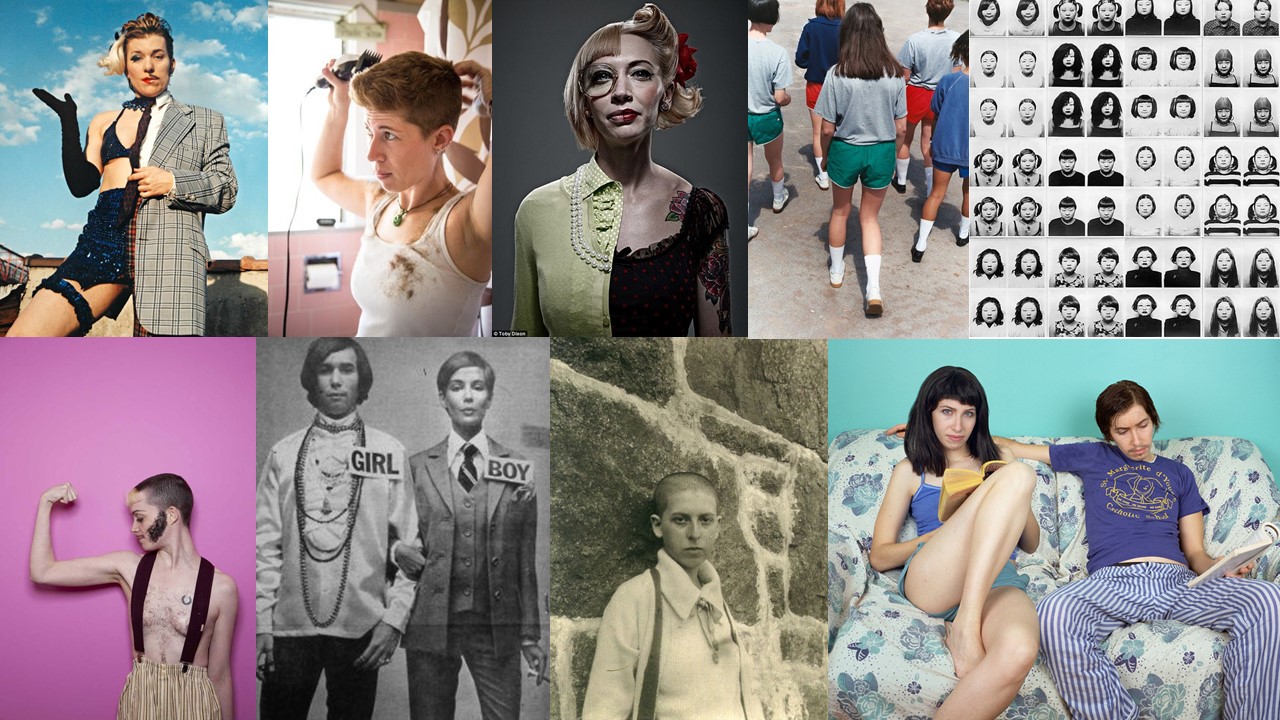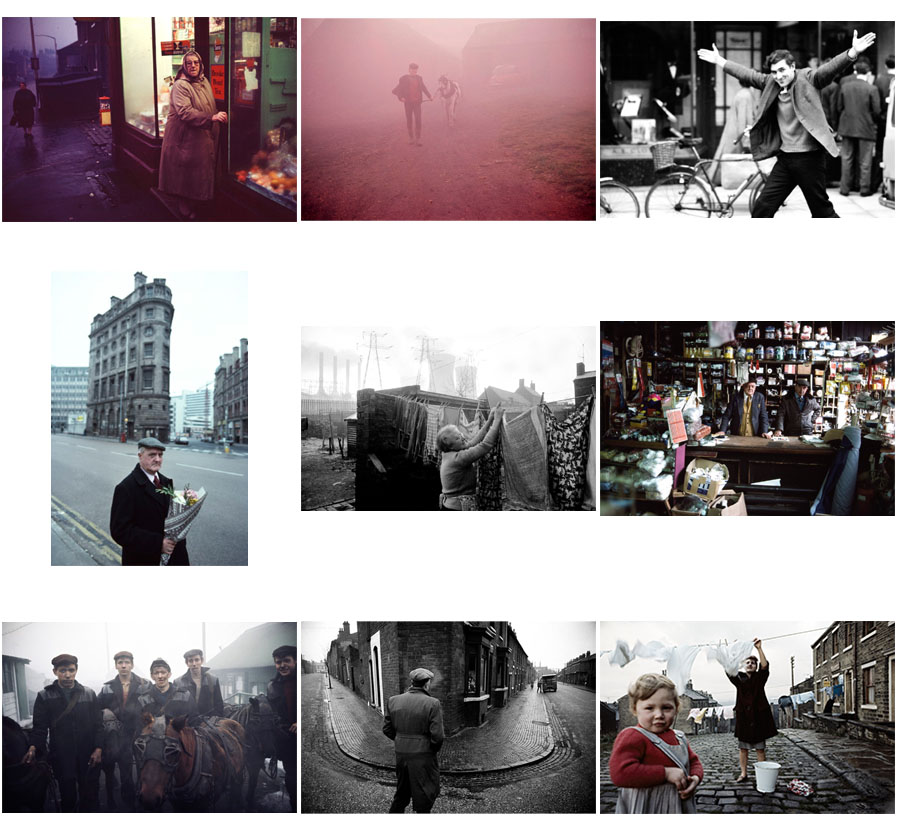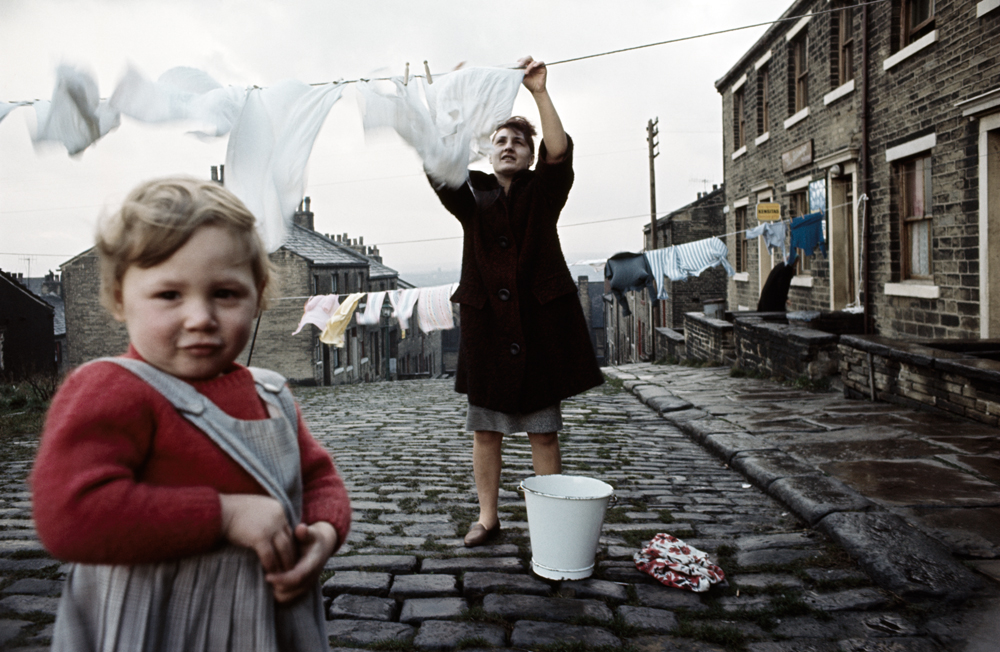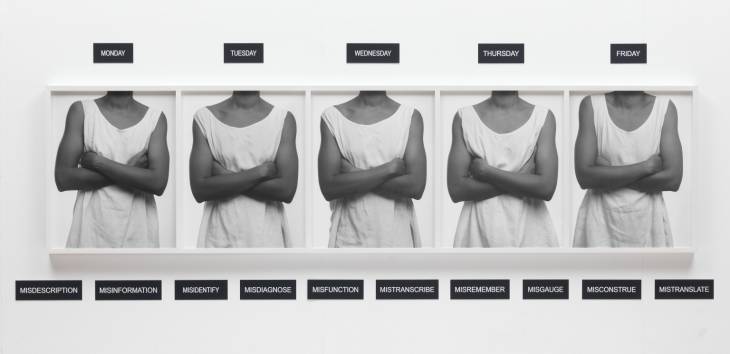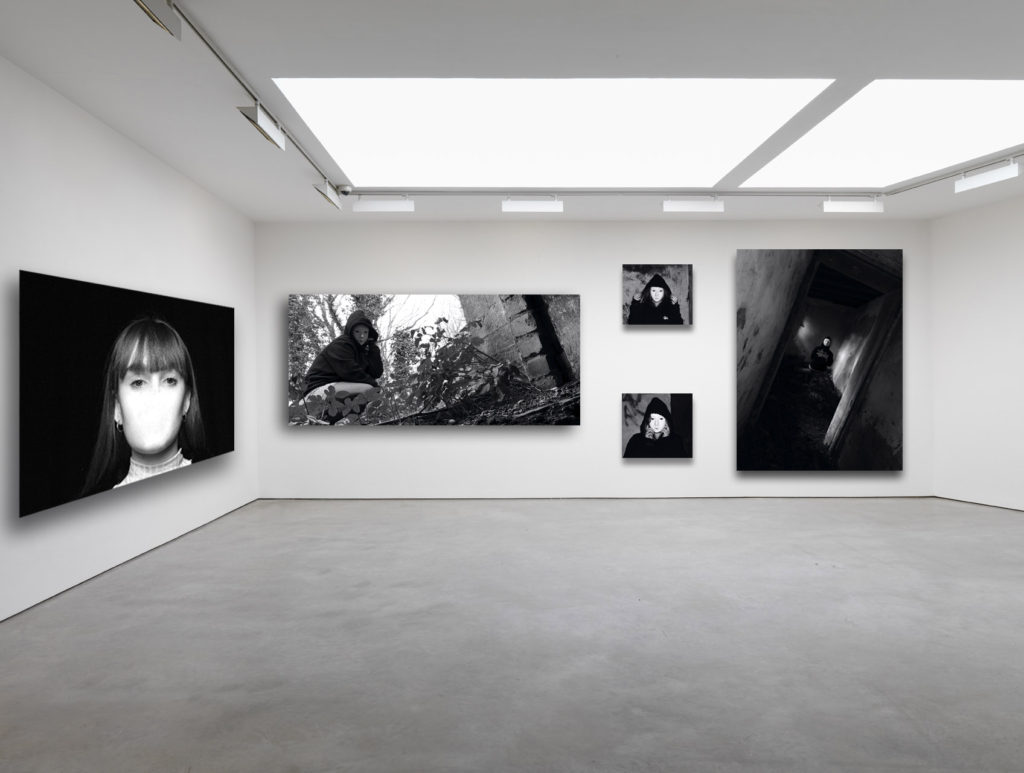Tish Murtha was born on the 14th of March 1956 and died on the 13th of March 2013. She was a social documentary photographer. She was brought up in Newcastle and went to the University of Wales. In 1978 she came back to Newcastle wanting to document “marginalized communities from the inside”. In this she was documenting what her life and her family and friends lives were like living in the working class. She created black and white images. She often worked with teenagers and younger children to show how their lives were.
Murtha, like Bulmer is best known for documenting social realism and the working class. Though she is also known for documenting marginalized communities. She did most of her work in the North East of England and in Newcastle upon Tyne, also like Bulmer.

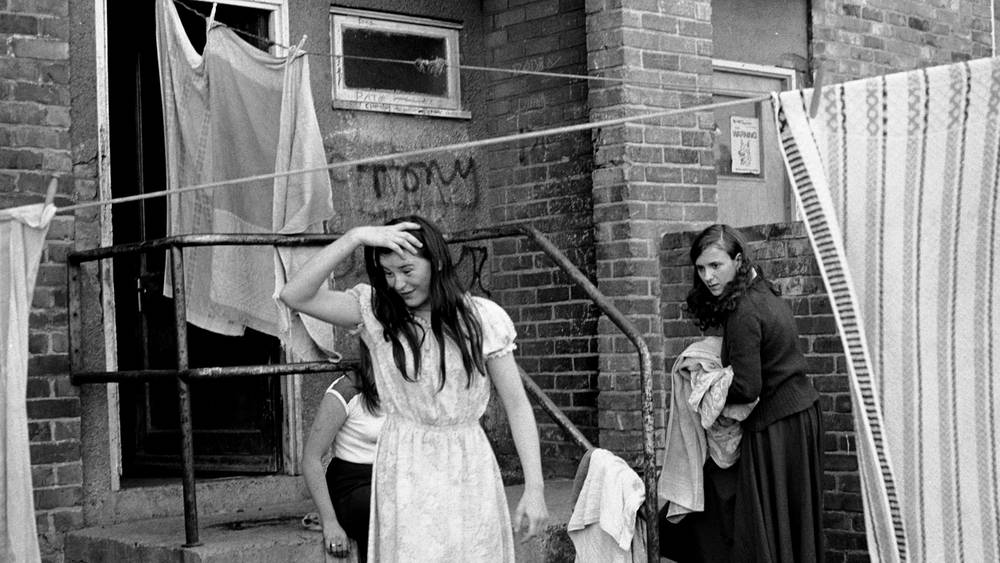
Technical: This image seems to use natural lighting. This is used to make the image look natural and show their true daily lives without making their lives seem more glamorous than they are.
Visual: The image has been taken in black and white. Though this was likely because of the limitations Murtha had when she took the image, this use of black and white shows us now that life was a lot simpler in the past. Though the faces of the people show that they may be having some hard time.
Contextual: This image is called “Youth Unemployment” the title tells us that these people were likely poor and could not afford luxuries and lived off of bare essentials and would have had to be looking for jobs constantly to make a living to provide for their families.
Conceptual: Murtha may have taken this image to show the lives of people living without any means of income. This can especially be seen from the face of the person in the foreground of the image, as her face shows that she is upset about something.


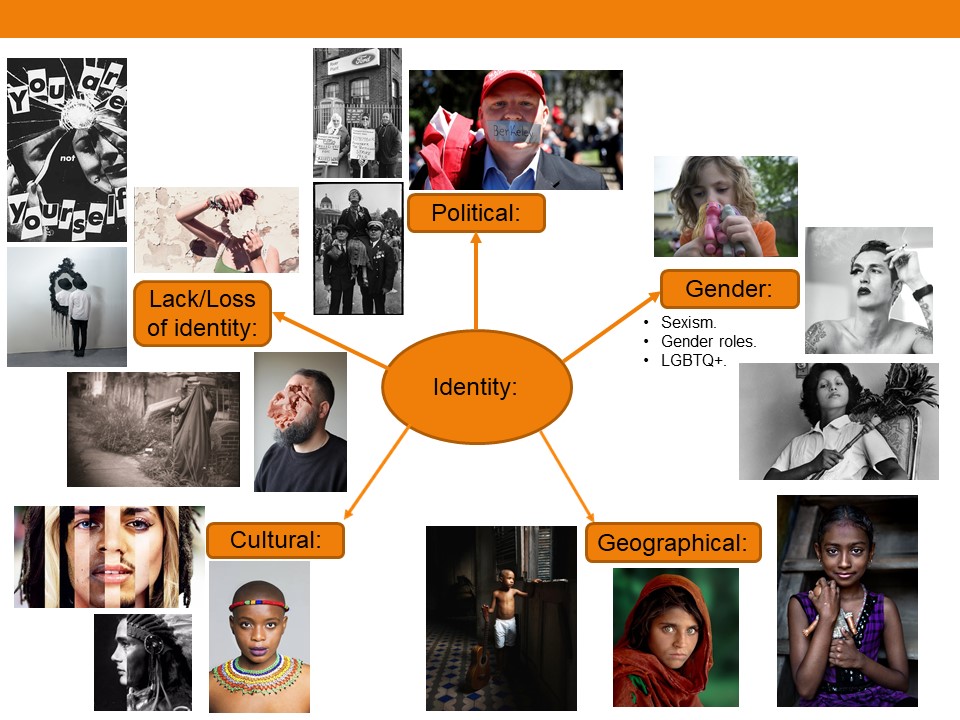

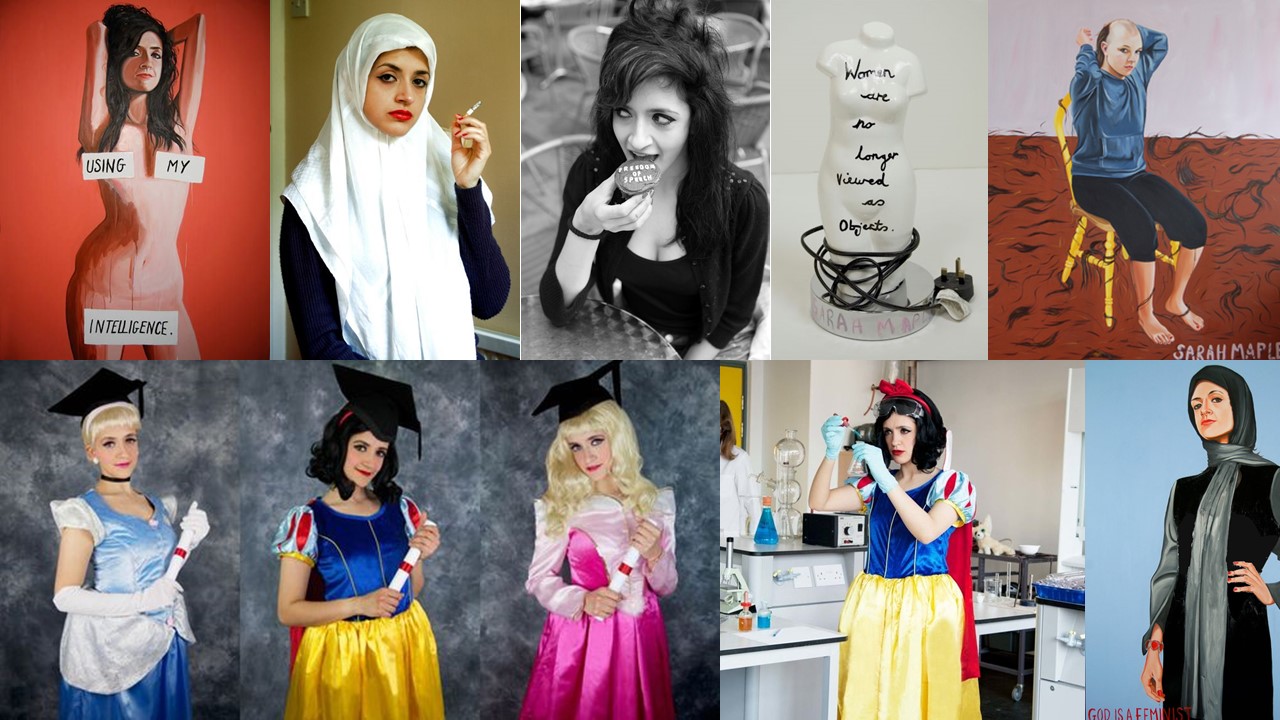
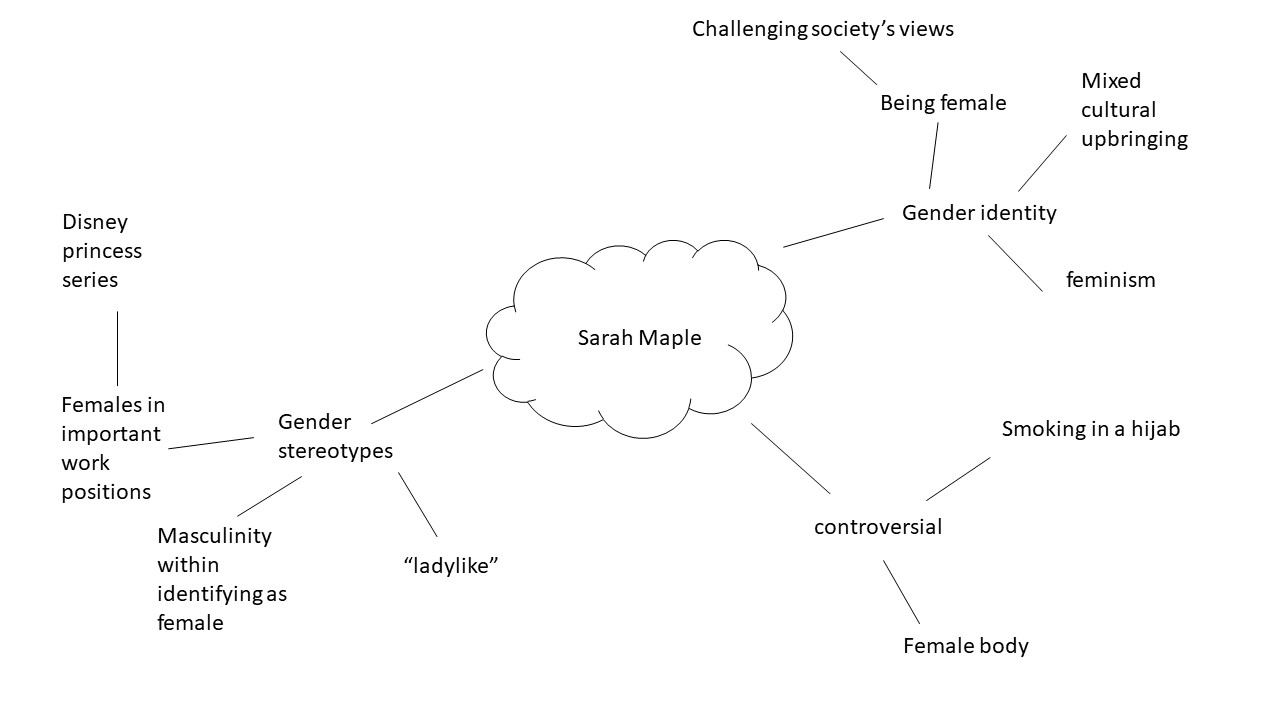

 Context
Context

